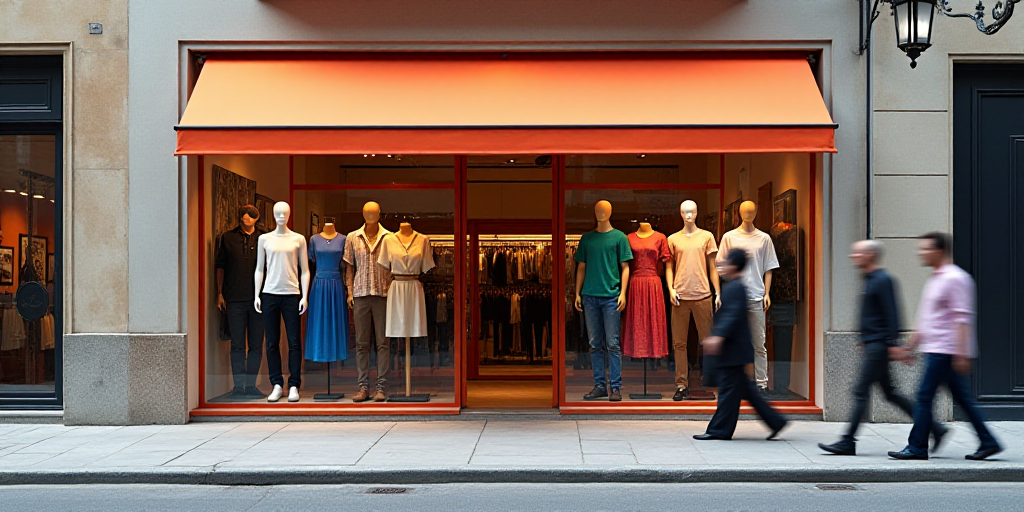Overview and Relevance of Querétaro’s Economic Landscape
Querétaro, a state in Mexico, has an intriguing economic structure with 48.2% of its 97,696 businesses operating in the informal sector, according to the Censo Económico (CE) 2024 data from 2023. This places Querétaro as the eighth state with the highest percentage of formal and informal businesses among Mexico’s 32 federal entities.
Informal Sector Growth Over the Past Five Years
The informal sector’s percentage has increased by 1.1 points over the past five years, rising from 47.1% in 2018 to the current 48.2%. Despite this growth, formal businesses contribute more significantly to the state’s labor and economic participation.
Formal vs. Informal Businesses: Employment and Economic Contribution
Of the 718,723 employed individuals in Querétaro’s businesses, 88.3% are engaged in formal entities in 2023, while 11.7% work in informal businesses. In comparison, 90.3% were employed in formal entities and only 9.7% in informal ones back in 2018.
Value Added Censal Bruto and Contribution
The state’s Value Added Censal Bruto reached 419,428 million pesos in 2023, with formal businesses contributing 97.8% and informal ones contributing a mere 2.2%. Over the last five years, the informal sector’s contribution has slightly increased from 1.8% in 2018 to the current 2.2%.
Defining Informal Businesses
According to the National Institute of Statistics and Geography (Inegi), informal businesses are those with five or fewer employees, not paying patronal contributions to social security regimes or other social benefits. They are not part of a company with multiple units, lack provided personnel from another legal entity, and do not have accounting, legal, or administrative expenses. Moreover, they avoid commercial consulting, marketing, and related services, as well as using a bookkeeping system or hiring external accountants for their financial records.
Querétaro’s Informality Compared to National Indicators
Querétaro’s informality rate is lower than the national average, where 64.3% of businesses are informal and only 35.7% are formal. Among the federal entities, Querétaro ranks eighth in formality and eighth in informality.
Informal Sector Leaders and Laggards Among Mexican States
Oaxaca leads with 81.5% informality (18.5% formality), followed by the State of Mexico with 79.8% (20.2% formality), and Guerrero with 78.6%. Conversely, Quintana Roo has the lowest informality rate at 35.9% (64.1% formality), with Chihuahua at 37.7% (62.3%) and Baja California Sur at 38.4% (61.6%).
National Informal Economy Overview
In 2023, 64.3% of Mexico’s businesses were informal, while 35.7% were formal. Informal units contributed 21.4% of the total workforce, with women making up a larger proportion (54%) compared to men (46%). However, in formal businesses, men accounted for 59.8%, and women for 40.2%.
Informality Across Economic Sectors
Manufacturing had the highest percentage of informal businesses nationally at 71.6%, followed by commerce (65.1%), private non-financial services (63%), and the remaining activities (25.3%).
Key Questions and Answers
- What is the percentage of informal businesses in Querétaro? 48.2% of businesses in Querétaro operate without formal registration.
- How has informality changed in Querétaro over the past five years? Informal businesses have increased by 1.1 percentage points since 2018.
- What is the contribution of formal and informal businesses to employment in Querétaro? In 2023, 88.3% of employed individuals worked in formal businesses, while 11.7% were in informal ones.
- How do formal and informal businesses compare in economic contribution? Formal businesses contribute 97.8% of the Value Added Censal Bruto, while informal ones contribute only 2.2%.
- What defines an informal business in Mexico? Informal businesses lack certain characteristics, such as not paying patronal contributions to social security regimes or having accounting, legal, and administrative expenses.
- How does Querétaro’s informality rate compare to the national average? Querétaro’s informality rate is lower than the national average of 64.3%.
- Which Mexican states have the highest and lowest informality rates? Oaxaca, State of Mexico, and Guerrero lead in informality, while Quintana Roo, Chihuahua, and Baja California Sur lag behind.






